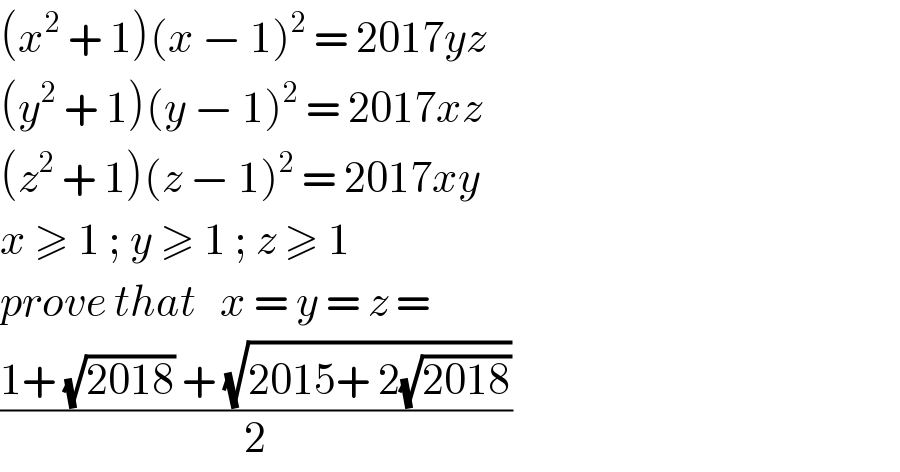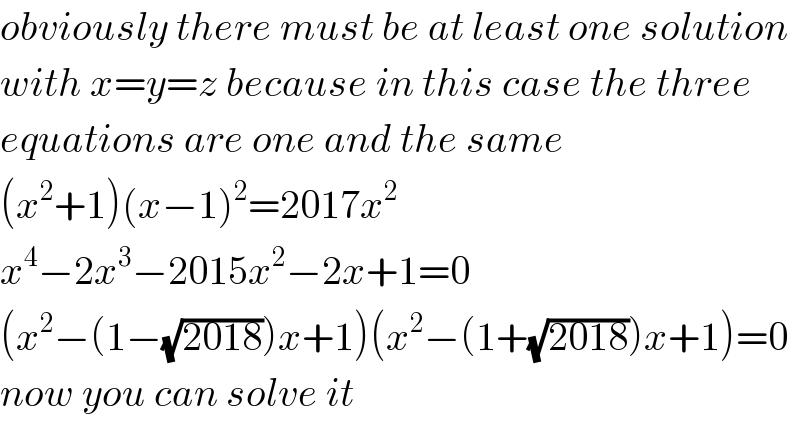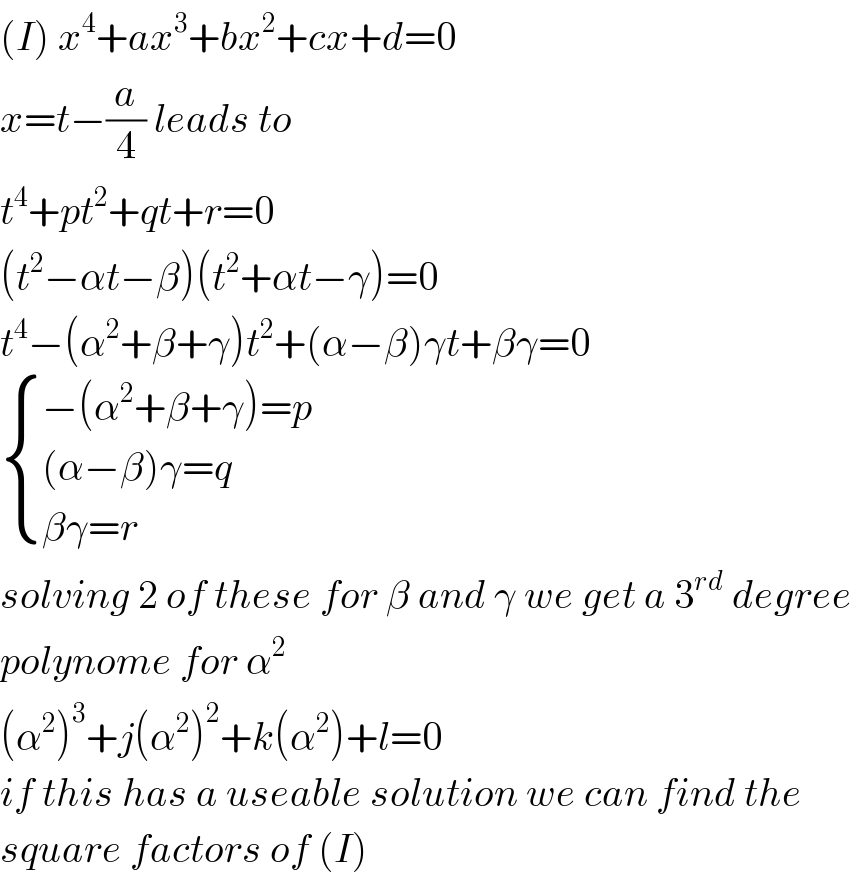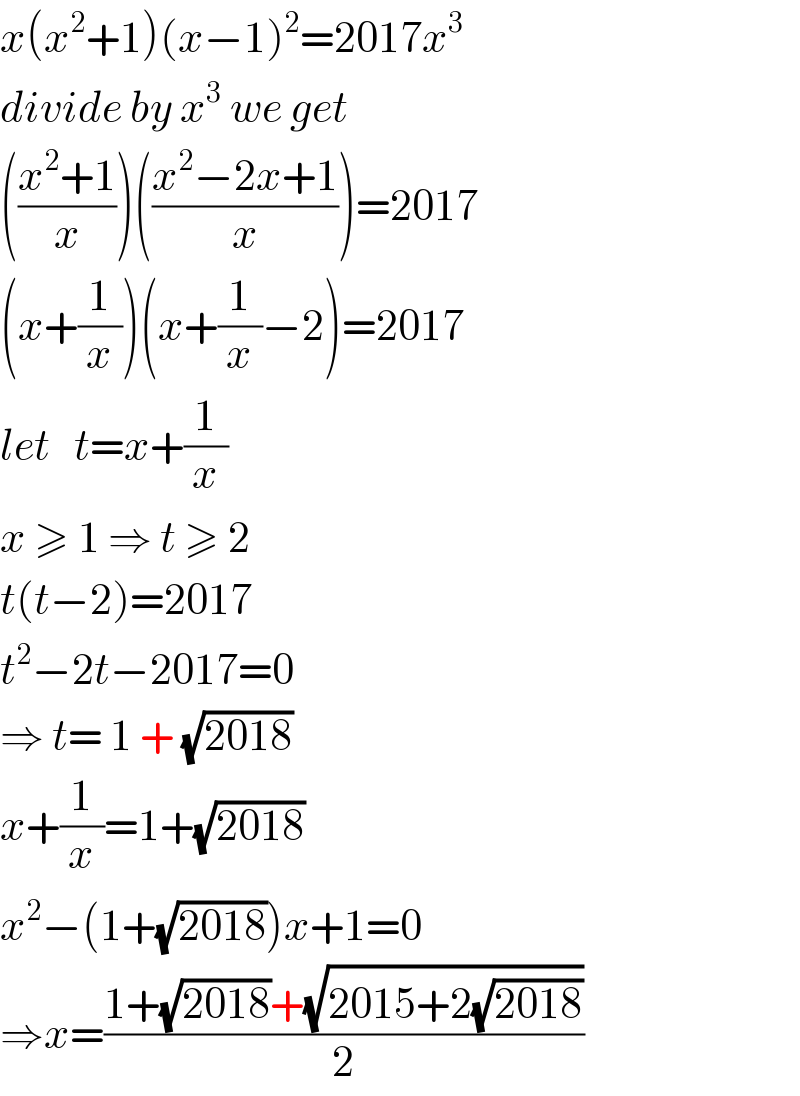
Question and Answers Forum
Question Number 106233 by malwaan last updated on 03/Aug/20

Answered by Her_Majesty last updated on 04/Aug/20

Commented by Sarah85 last updated on 04/Aug/20
you learn fast it seems
Commented by Her_Majesty last updated on 04/Aug/20

Commented by malwaan last updated on 04/Aug/20

Commented by Her_Majesty last updated on 04/Aug/20

Commented by malwaan last updated on 05/Aug/20

Answered by malwaan last updated on 05/Aug/20

Commented by Her_Majesty last updated on 05/Aug/20

